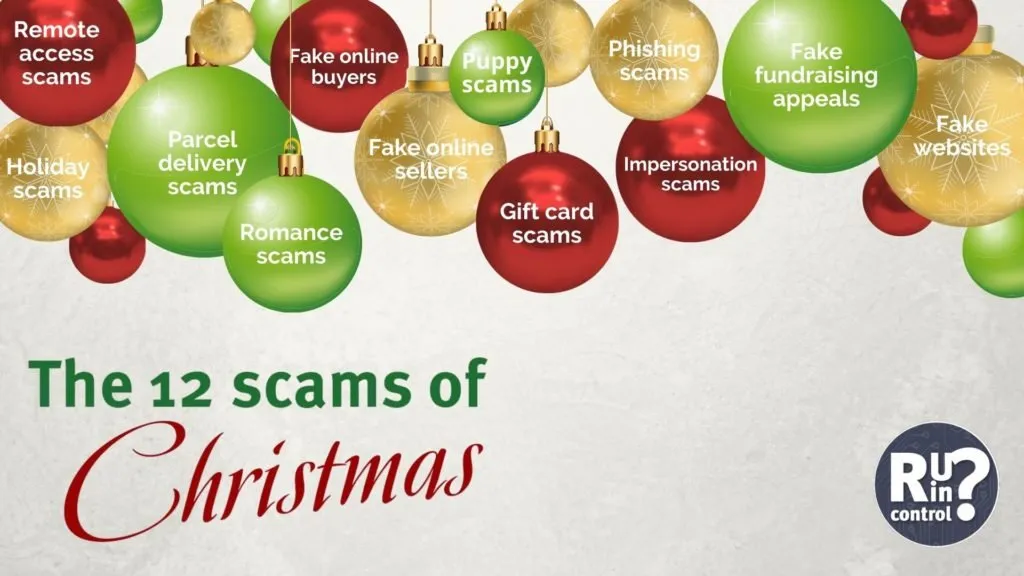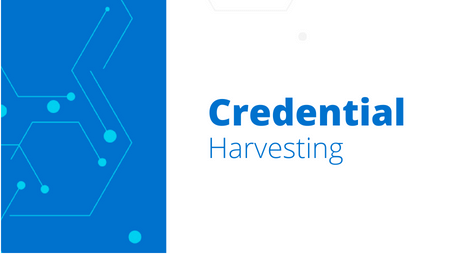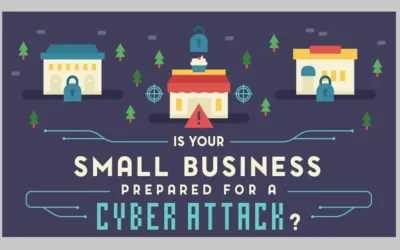“Christmas phishing” refers to a type of phishing attack that specifically leverages the holiday season and Christmas-related themes to deceive individuals and trick them into divulging sensitive information or taking malicious actions. During the festive season, as the joy of Christmas spreads across digital landscapes, it is crucial for individuals to be acutely aware of the looming threat of Christmas phishing. Cybercriminals capitalize on the spirit of goodwill and increased online activity during this time, employing deceptive tactics to exploit unsuspecting individuals. Whether through festive-themed emails promising enticing deals, counterfeit charity campaigns, or fraudulent websites mimicking legitimate holiday platforms, Christmas phishing schemes abound.
Being vigilant is paramount as falling victim to these scams can result in financial loss, identity theft, or malware infections. By staying informed, questioning the legitimacy of unexpected emails, and exercising caution in online transactions, individuals can safeguard their personal and financial information, ensuring a secure and joyful celebration of the holiday season. Awareness becomes the most potent defense against the Grinches of the cyber world who seek to steal the festive spirit through malicious intent.
How Christmas Phishing Works

Here’s how Christmas phishing works:
“Christmas phishing” refers to a type of phishing attack that specifically leverages the holiday season and Christmas-related themes to deceive individuals and trick them into divulging sensitive information or taking malicious actions. During the Christmas season, cybercriminals exploit the festive atmosphere, increased online activities, and the likelihood of individuals engaging in holiday-related transactions or communications.
Here’s how Christmas phishing works:
- Deceptive Emails: Cybercriminals send phishing emails that appear to be related to Christmas greetings, holiday promotions, or festive events. These emails may have subject lines and content designed to attract attention, often using Christmas-related keywords.
- Fake Websites: Phishers create fake websites that mimic legitimate holiday-themed websites, such as online shopping sites with Christmas deals, e-card platforms, or charity donation pages. These sites are designed to deceive users into entering sensitive information.
- Malicious Links and Attachments: Phishing emails may contain links to malicious websites or attachments that, when clicked or downloaded, can install malware on the victim’s device. The malware may be designed to steal sensitive information or gain unauthorized access.
- Charity Scams: Cybercriminals may exploit the spirit of giving during the holidays by creating fake charity campaigns. They send emails requesting donations to fabricated or non-existent charitable causes, tricking individuals into providing financial details.
- Gift Card Scams: Phishers may send emails claiming to offer special Christmas deals or promotions, requiring individuals to purchase gift cards. The scammers then request the gift card details, which can be monetized or used for further fraud.
- Impersonation of Trusted Entities: Phishers often impersonate trusted entities such as banks, retailers, or government agencies in Christmas-themed emails. They may claim issues with holiday transactions, prompting users to click on malicious links or provide login credentials.
How to protect against Christmas phishing

- Be cautious of unexpected emails, especially those with Christmas-related themes.
- Verify the legitimacy of emails and websites by checking for official domain names and using secure connections (HTTPS).
- Avoid clicking on links or downloading attachments from unknown or suspicious sources.
- Be skeptical of unsolicited requests for personal or financial information, even if they appear holiday-themed.
- Keep security software and antivirus programs up to date.
By staying vigilant and adopting safe online practices, individuals can reduce the risk of falling victim to Christmas phishing scams and protect their sensitive information during the holiday season.
Credential Harvesting
Credential harvesting during Christmas refers to cybercriminals employing various tactics to steal login credentials and personal information from individuals, taking advantage of the increased online activities associated with the holiday season. This nefarious practice often involves phishing campaigns, where attackers send deceptive emails or messages mimicking legitimate Christmas-related content.
- Festive-themed Phishing Emails: Cybercriminals send emails that appear to be holiday greetings, special offers, or e-cards. These emails may contain malicious links leading to fake websites designed to harvest login credentials when unsuspecting users attempt to log in.
- Shopping Scams: With the surge in online shopping during Christmas, attackers create fake e-commerce websites offering too-good-to-be-true deals. Users who provide their credentials on these sites risk having their information harvested for malicious purposes.
- Charity Donation Scams: Exploiting the spirit of giving, attackers create fake charity campaigns. Individuals who intend to contribute may unknowingly provide login credentials on fraudulent donation pages.
- Social Engineering Tactics: Cybercriminals may engage in social engineering, using personalized information gathered from social media or other sources to craft convincing phishing messages. These messages may request login credentials under the guise of holiday-related activities.
- Malicious Attachments: Emails containing Christmas-themed attachments may carry malware designed to harvest credentials. Once the attachment is opened, the malware can compromise the user’s device and capture sensitive information.
Types and Forms of Credential Harvesting Attacks

Credential harvesting attacks come in various types and forms, all aimed at obtaining sensitive information such as usernames, passwords, and other login credentials. Cybercriminals employ diverse tactics to trick individuals into divulging this information. Here are some common types and forms of credential harvesting attacks:
- Phishing Attacks:
- Email Phishing: Attackers send deceptive emails appearing to be from trustworthy sources, tricking recipients into clicking on malicious links that lead to fake websites designed to harvest credentials.
- Spear Phishing: Targeted phishing attacks that involve personalized messages often using information gathered from social media or other sources to make the messages more convincing.
- Vishing (Voice Phishing):
- Phone Calls: Attackers may use phone calls to impersonate legitimate entities, such as banks or government agencies, and trick individuals into revealing sensitive information.
- Smishing (SMS Phishing):
- Text Messages: Similar to email phishing but conducted through text messages, where users receive SMS messages containing links to malicious websites or prompts to provide credentials.
- Malware-Based Attacks:
- Keyloggers: Malicious software installed on a user’s device that records keystrokes, capturing login credentials and other sensitive information.
- Spyware: Software that secretly monitors and collects information about a user’s online activities, including login credentials.
- Credential Stuffing:
- Attackers use previously leaked or stolen username and password combinations to gain unauthorized access to other accounts where individuals have reused the same credentials.
- Man-in-the-Middle (MitM) Attacks:
- Attackers intercept communication between two parties, capturing login credentials as users attempt to log in to a legitimate service.
- Form-based Attacks:
- Attackers create fake login forms on malicious websites or inject malicious code into legitimate forms, capturing the credentials entered by users.
- Social Engineering:
- Exploiting human psychology, attackers manipulate individuals into revealing confidential information. This can be done through various means, including impersonation and building trust.
- Fake Wi-Fi Networks:
- Attackers set up rogue Wi-Fi networks with names similar to legitimate public networks. When users connect to these networks, attackers can intercept and capture login credentials.
- Credential Skimming:
- Malicious code is injected into websites or payment gateways to capture and steal user credentials entered during online transactions.
How To protect against credential harvesting during Christmas
- Verify Email Sources: Confirm the legitimacy of emails, especially those with festive themes, by checking the sender’s email address and avoiding interactions with suspicious emails.
- Use Official Websites: When engaging in online transactions or providing personal information, use official and secure websites. Look for “https://” in the URL and check the website’s legitimacy.
- Enable Two-Factor Authentication (2FA): Enhance account security by enabling 2FA wherever possible. This adds an extra layer of protection even if login credentials are compromised.
- Educate and Raise Awareness: Promote awareness among friends, family, and colleagues about the risks of phishing during the holiday season. Encourage them to be cautious and adopt secure online practices.
By staying vigilant and adopting cybersecurity best practices, individuals can mitigate the risk of falling victim to credential harvesting attempts and protect their sensitive information during the festive season.





